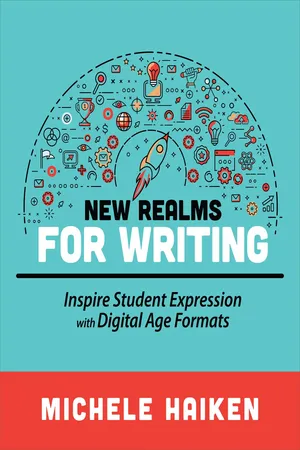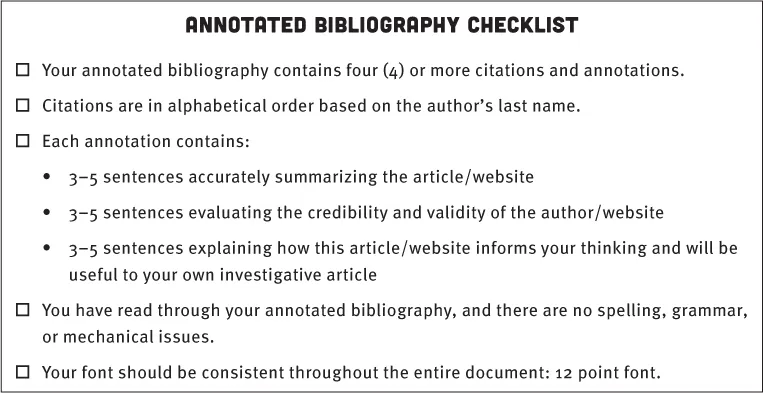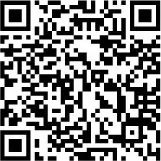
New Realms for Writing
Inspire Student Expression with Digital Age Formats
Michele Haiken
- English
- ePUB (disponibile sull'app)
- Disponibile su iOS e Android
New Realms for Writing
Inspire Student Expression with Digital Age Formats
Michele Haiken
Informazioni sul libro
Boost students' communication and writing skills, with strategies and examples to help them craft their own stories, tell their truth and be heard. The world should be the driving curriculum in our schools. Assignments should be authentic, have real-world connections and encourage students to create meaningful work. Accordingly, content created and read in school should go beyond books and include podcasts, popular culture, games and films to help students build writing and critical-thinking skills. New Realms for Writing features a variety of teacher-created resources and samples of student work to illustrate how teachers can design inquiry units for their content area that are authentic and engage students while developing digital age skills.This book:
- Provides insights into creating and using innovative materials and texts that are differentiated and personalized to student learners, specifically for teaching writing.
- Provides pedagogy and lesson ideas that promote student choice and voice within units of study that make cross-curricular connections.
- Offers tips to ensure that tech tools support student learning -- while not driving it.
There are many great tech tools to support learning, but the conversation must center on thoughtful teaching and purpose, with tech supporting robust pedagogy. This book offers strategies and lesson ideas to help teachers make sure their instruction does just that. Audience: K-12 educators
Domande frequenti
Informazioni

Inquiry-Based Writing
Investigative Science Research, Infographics, Writing, and Podcasting
Read, Pair, and Model
ETHOS, PATHOS, LOGOS



Researching Ideas: Building Ethos and Logos



DIGITAL CURATION TOOLS: THE 21ST CENTURY ANNOTATED BIBLIOGRAPHY
Indice dei contenuti
- Cover
- Title Page
- Dedication
- Copyright
- About ISTE
- About the Author
- Acknowledgments
- Contents
- Foreword
- Introduction
- Chapter 1 Inquiry-Based Writing: Investigative Science Research, Infographics, Writing, and Podcasting
- Chapter 2 Multigenre Writing: Blending English and Social Studies to Examine the Holocaust and World War II
- Chapter 3 Essay Writing
- Chapter 4 Poetry: Traditional, Visual, Makerspace
- Chapter 5 Writing, Robots, Makerspaces, and More
- Chapter 6 Real-World Writing: Writing Skills to Succeed Beyond School
- Conclusion
- References
- Index
- Back Cover